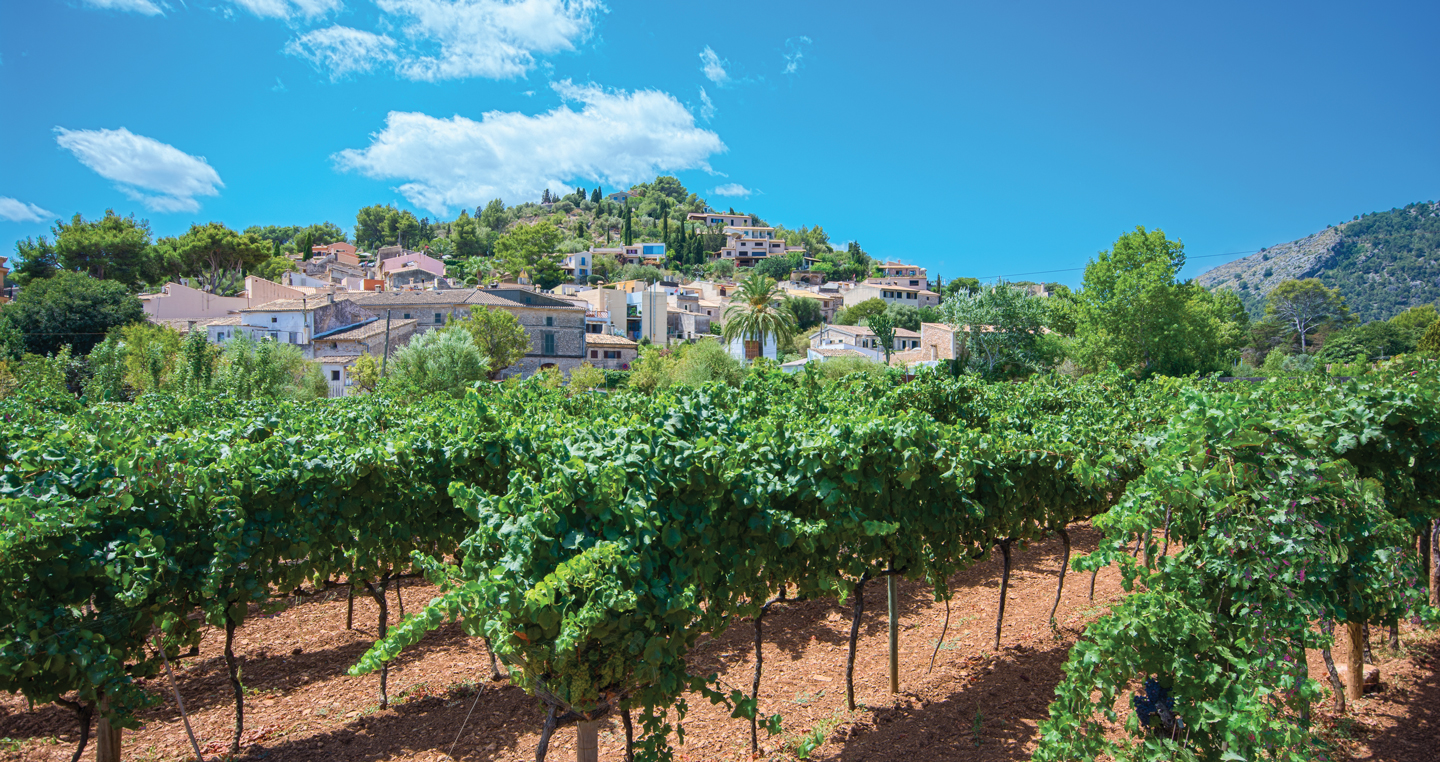If you are planning a trip to any of these islands in the coming months and have never tried the wines from there, then this is your chance …
Main Image; a vineyard on the edge of Pollenca in Mallorca.
Sunny Spain, with its Canary and Balearic Islands, is the number one holiday destination for Irish tourists. The reliable weather, inexpensive cost of living, delicious food and fabulous wines make it the ideal place to take a short break. Sailing, scuba diving, whale watching, hiking or just sunbathing on a beautiful beach … we all have our own Spanish holiday fantasy. What about vineyard visits? As wine consumers grow more open-minded, Spain’s emerging wine regions are enjoying more attention and vineyards on the Canaries and Balearic Islands are seeing growing numbers of wine tourists. On holiday, we all look for something new and different and the Islands’ vineyards offer just that. The wines are packed with character and personality and come at reasonable price.
Nestled on the west coast of Africa, the Canary Islands of Tenerife, Gran Canaria and Lanzarote, the best known by Irish tourists, have a rich wine heritage. Canary Island wines enjoyed a golden age in the 16th and 17th century before going into a long decline. Volcanic eruptions and unfavourable trade agreements effectively ground production to a halt. Fortunately, change is well underway and the Canaries have been awarded eleven protected wine appellations. Each of the islands, except for Fuerteventura, have earned their own: Lanzarote, Gran Canaria, La Palma, El Hierro, La Gomera and Tenerife (which currently has five different wine regions.) Thanks to their volcanic soil and secluded location, the Canaries were spared the catastrophic impact of the phylloxera pest – the American louse that destroyed most of European vineyards in the late 19th century. For this reason, they have managed to preserve some very old and indigenous grape varieties that are not found elsewhere in the world, These unique and exciting grapes include Listan Blanco, Vijariego, Listan Negro, Negramoll and Malvasia Volcanica. Viticulture in the Canaries can be tremendously challenging. Working vines and harvesting from the manmade, walled-in bunkers of volcanic ash of Lanzarote, for instance, is painstaking. Working the long-plaited vines of the Valle de la Orotava, known locally as “Cordon Trenzado”, in Tenerife, necessitates slow, manual graft. Tenerife is home to El Teide volcano, the tallest peak in all of Spain, reaching 3,718m altitude and the world’s third-highest volcano. Its volcanic influence is felt in the island’s complex soil and is translated into a unique mineral character in the wines. The island is also home to the highest wine region in Europe – Abona, which lies at 1,700m above sea level. What I love about the wines from this part of the world is their character – often saline, aromatically intriguing, typically generous but at times austere, though always rich in personality. Both white and red wines can benefit from aeration before service, especially in their youth, but once they breathe, they seldom lack charm. Many of the wines are made from 100-year-old vines and sipping them feels like a privilege.
The white wines tend to be fresh and aromatic while the red wines are unmistakably mediterranean, with a ripe and generous fruit profile…
Back in Mediterranean waters, the Balearic Islands – the best known are Mallorca, Menorca, Ibiza and Formentera – also have some really interesting wines to offer. Viticulture was introduced by the Romans to the Balerarics approximately 2,000 years ago. At the start of the tenth century, however, the islands were conquered by the Arabs and a ban on alcohol was introduced, putting production on standby for the next 300 years. Unlike the Canaries, the Balearics were not spared the phylloxera outbreak at the end of the 19th century which was a disaster for the Islands’ wine economy. It took mass re-planting and years of effort on the part of producers to finally put wine production on a stable footing. The Balearic Islands have two wine appellations: Binassalem and Pla I Llevant, both in Mallorca. These two wine areas produce a wide range of styles, from sparkling to white, red, rosé, and even sweet and fortified. Producers are proud to work with local grape varieties such as Manto Negro, Callet, Prensal Blanc and Moll but also with more common grapes such as Tempranillo, Monastrell and Cabernet Sauvignon. In terms of style, the white wines tend to be fresh, crisp and aromatic while the red wines are unmistakably Mediterranean, with a ripe and generous fruit profile often punctuated by notes of scrubland and warm spices. If you are planning a trip to any of these islands in the coming months and have never tried the wines from there, then this is your chance. If a staycation is on the programme this summer, grab one of the bottles below, look out for a sunny spell, serve some tapas and let the wine take you on a journey. Salud! @julie_dupouy
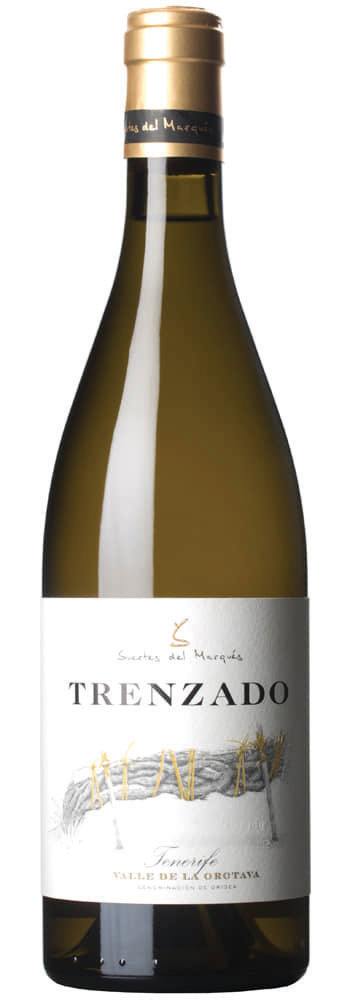
Trenzado, Suertes del Marqués, Vale de la Orotova, Tenerife, €31.95; www.baggotstreetwines.com.
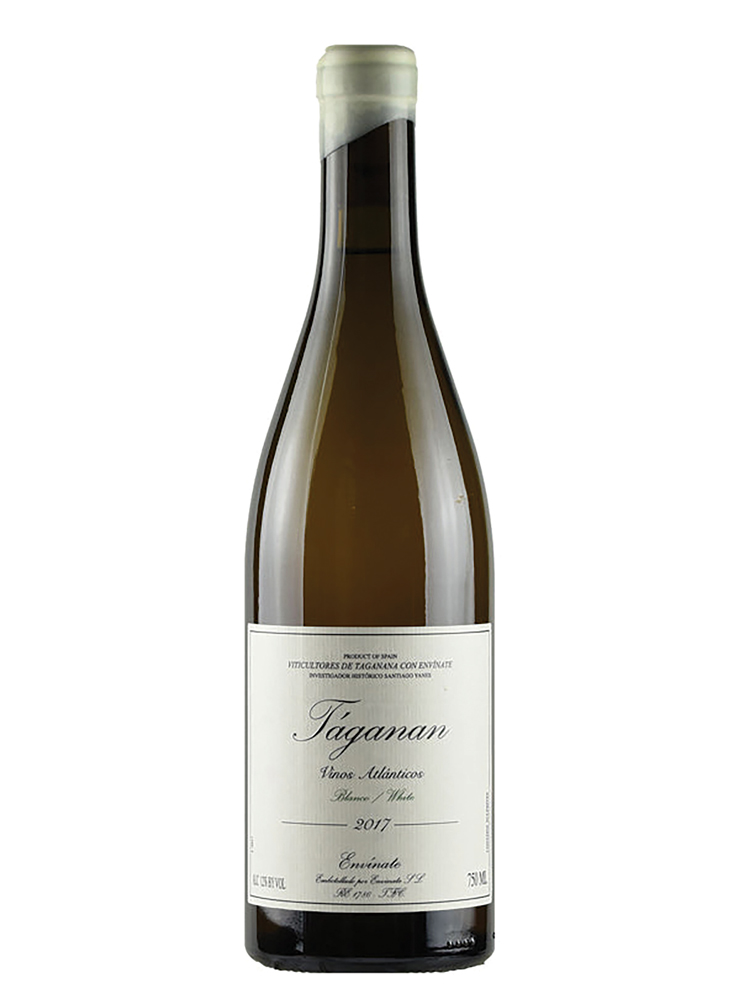
Táganan Blanco, Vinos Atlanticos, Vilticultores de Taganana con Envínate, Tenerife, €29; www.greenmanwines.ie

Ca Xanet, Siurell Blanco, Mallorca, €26.95; www.searsons.com
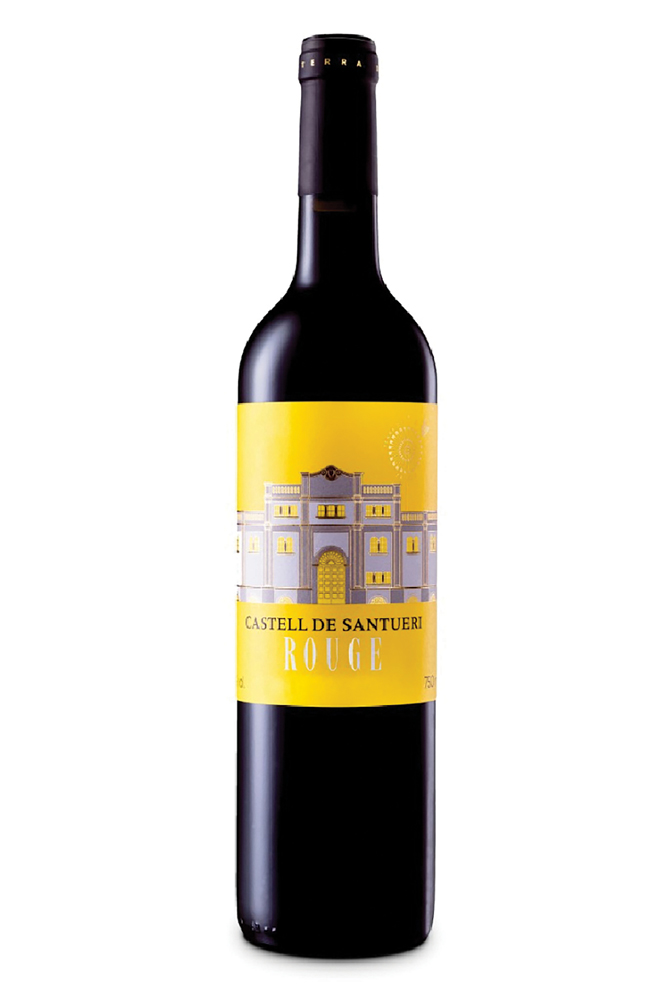
Castell del Santueri, Vi de la Terra de Mallorca, €20; www.deveneys.ie.
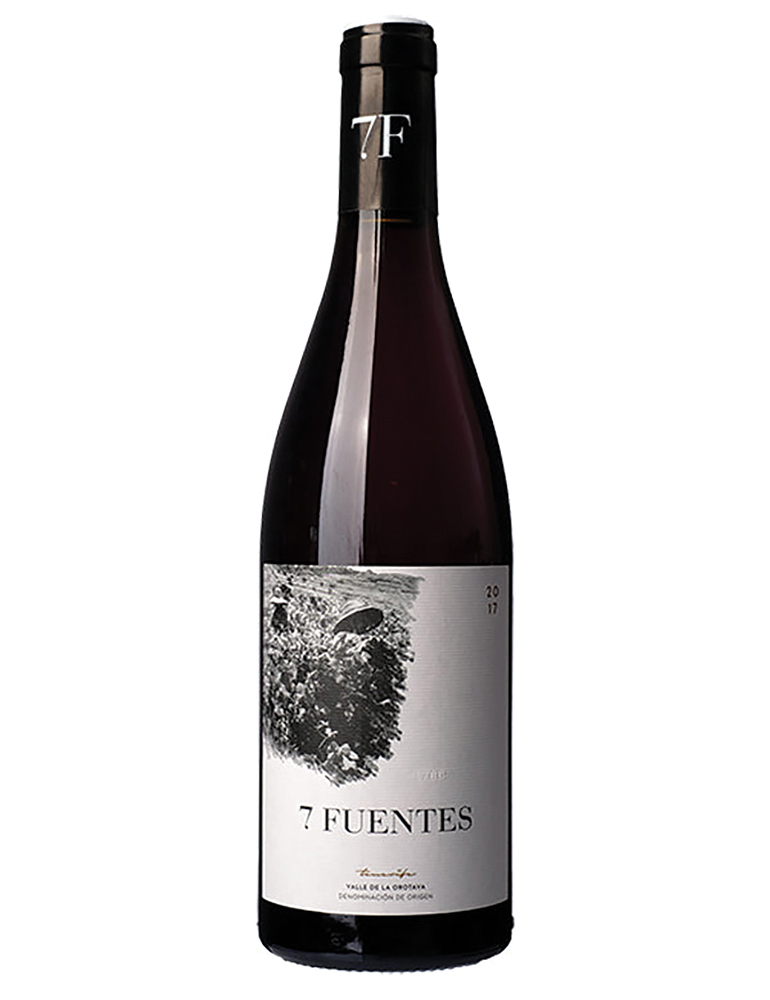
7 Fuentes, Suertes del Marqués, Vale de la Orotava, Tenerife, €21.50; www.64wine.ie.

12 Volts, 4 Kilos Vinicola, Mallorca, €28.99; www.martinsofflicence.ie





